Yumenoshima, Also Known as Dream Island
Close your eyes and picture “Dream Island.” What do you see? Rolling hills, verdant valleys, beaches of fine white sand? Okay, now open your eyes and… Welcome to Yumenoshima! What’s with that look of dismay? You weren’t expecting an artificial island created from landfill, with a greenhouse powered by waste incineration, and a fishing boat exposed to nuclear radiation? Well, too bad. Yumenoshima is Dream Island, Tokyo-Style.

Yumenoshima came into being in the 1930s, when the city filled in land for a brand new airport in Tokyo Bay. But due to World War II, the airport was never completed, and the newly-created island was used instead as a garbage dump. But in 1957, a clean-up effort began. The waste was covered, and a park was established with trees, sports facilities and even a large spa. It’s not yet quite as magical as its name suggests (Yumenoshima translates literally to “Dream Island”), but it’s getting there.
This was one of our “shot in the dark” excursions. Yumenoshima sounded like it could either be horrible or awesome. Having visited, our verdict leans more towards “awesome.” The Tropical Greenhouse, our first stop of the day, was alone worth the effort. This massive complex consists of three domes, containing over 1000 tropical and subtropical plants.
We walked from one dome to the next, along a path that brought us past towering trees, waterfalls, ponds, and a seemingly infinite line-up of flowering plants. Amazingly, we were the only people in the whole place. I suppose it’s a tribute to the sheer number of things to do in Tokyo, because in any other city, this greenhouse would be a top-tier highlight.
Earlier, I described Yumenoshima as a “shot in the dark,” which basically means that I didn’t do a proper job of researching it. We knew its name meant “Dream Island” and had heard about the greenhouse, but that was all. We are normally well-prepared travelers, and are of the belief that the more known in advance, the better the experience. So what possessed us to dedicate an entire day to a neighborhood which we hadn’t even bothered to Google? I’m not sure. Maybe we felt like leaving it up to chance.
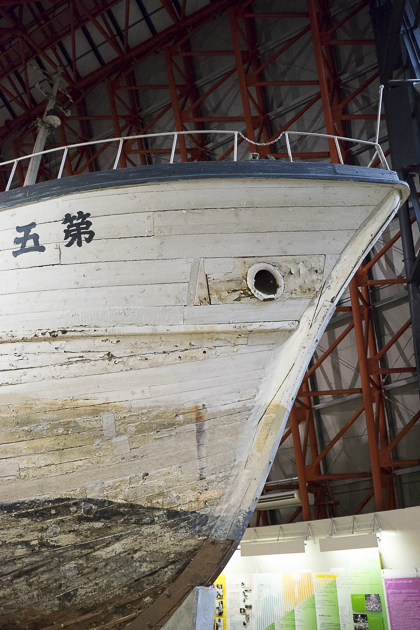
Anyway, the point is that when we arrived at this hall in the woods, and saw the big wooden boat inside, we had no idea what it was. The slightest bit of advance research about Yumenoshima would have clued us in. But we wandered inside, ignorant and amused. “A boat museum for a single boat. How funny!”
A serious-looking girl was working behind a desk, and I asked her what was so special about this crazy boat. As she set her book down and looked me straight in the eye, I felt my mirth evaporate. She explained that this was the Daigo Fukuryō Maru, a tuna fishing boat which had been circling the Bikini Islands when the US launched its 1954 nuclear tests. The fishermen saw the blast and must have been puzzled by the tiny ashen snowflakes which were falling on them. They were all stricken with radiation poisoning. Half of them died.
Dream Island. At first, the name didn’t seem to fit. But our day on Yumenoshima turned out to be interesting and strange. Unexpected, troubling and beautiful. A lot like dreams can be. So “Dream Island” actually fits Yumenoshima rather well, even if not in the manner intended.
Locations on our Map: Tropical Greenhouse Dome | Daigo Fukuryō Maru
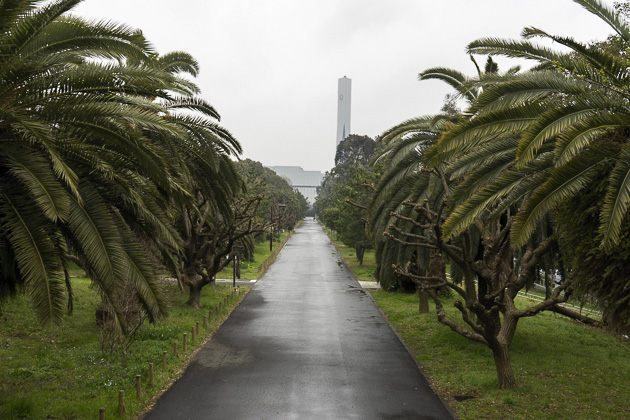
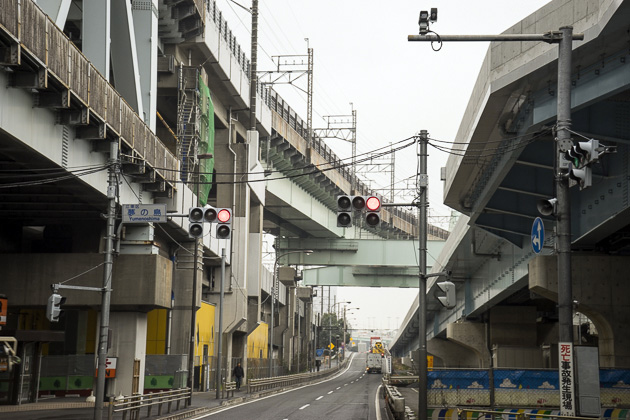
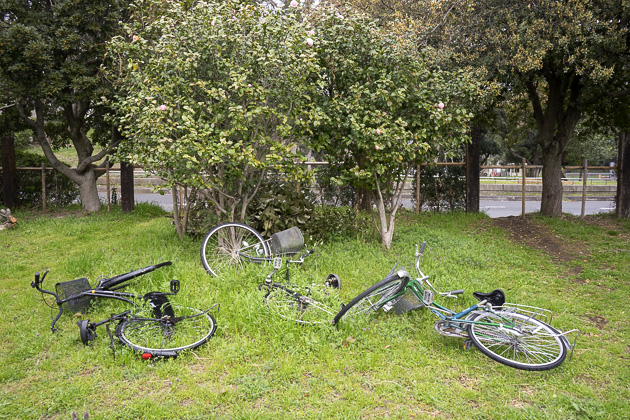
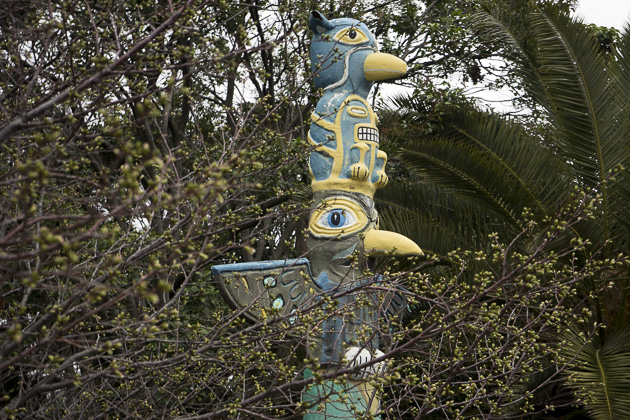

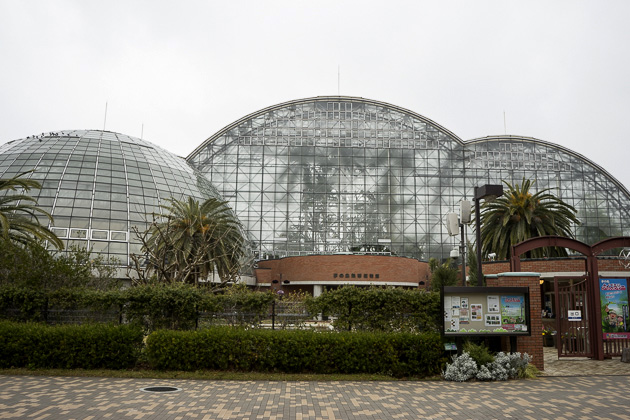
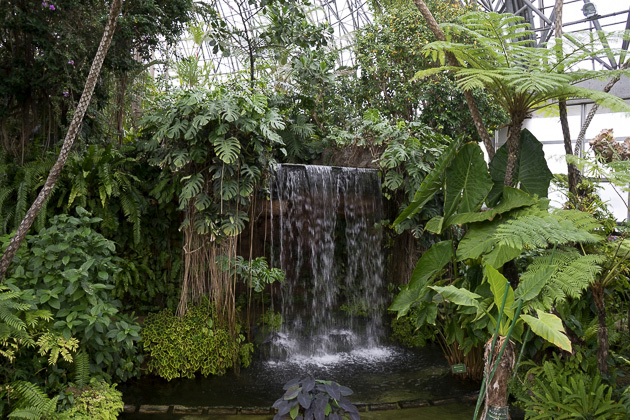

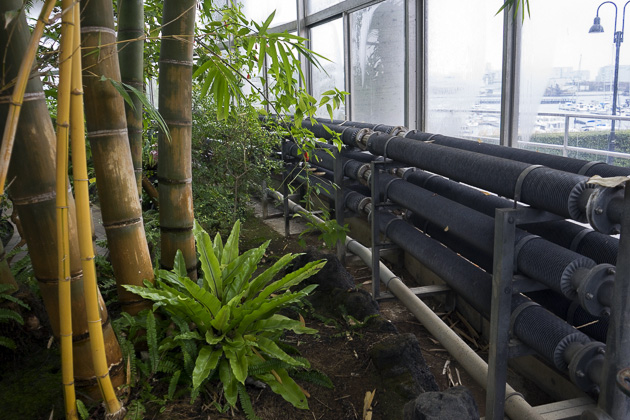
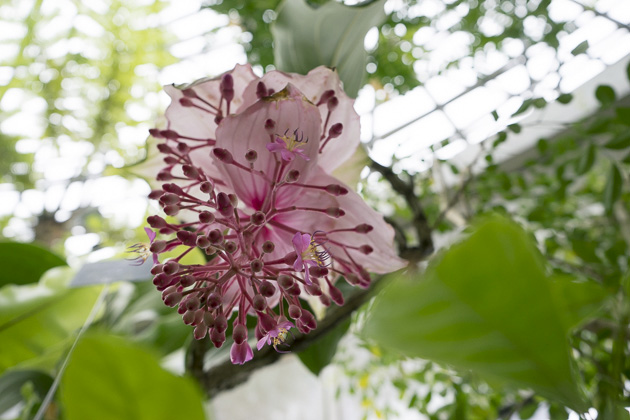
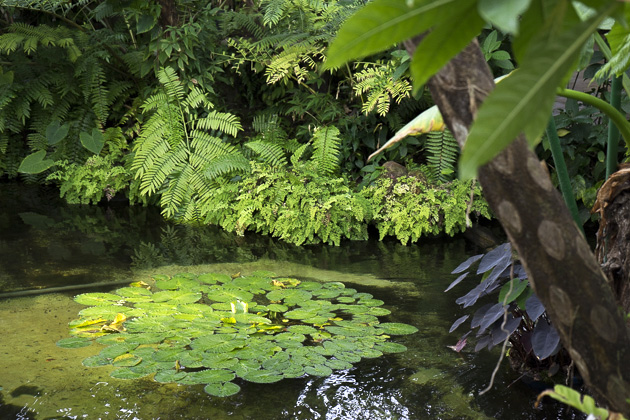
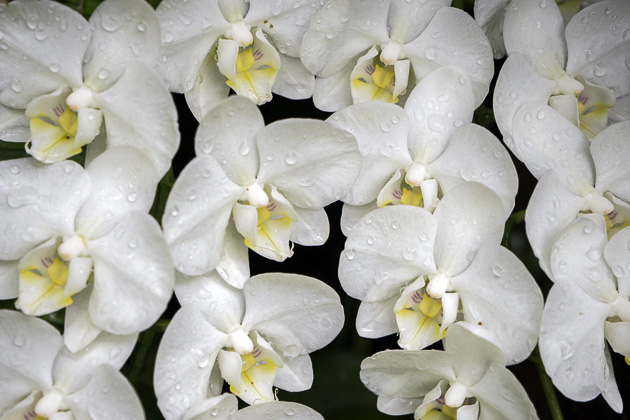
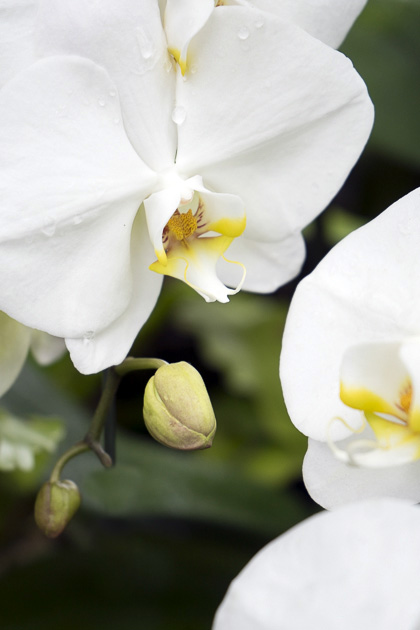
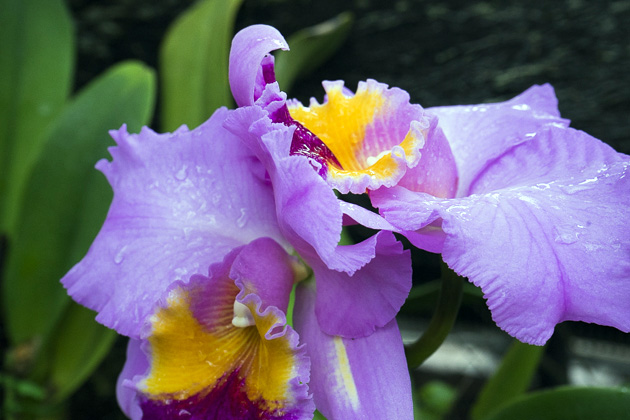
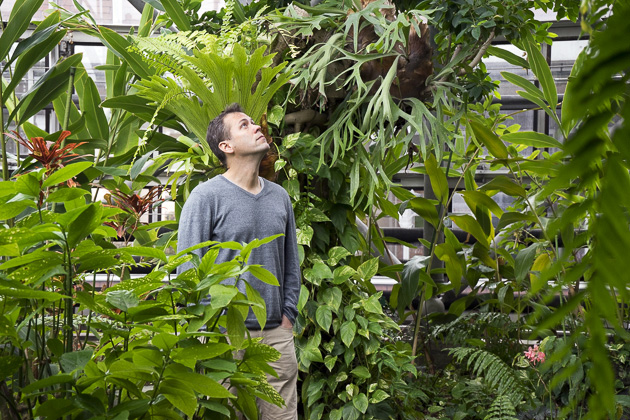
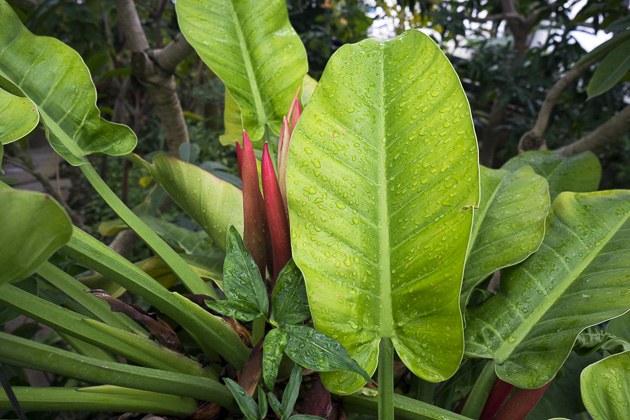
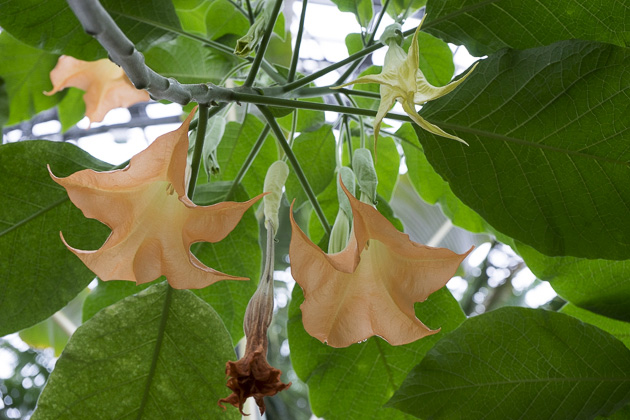
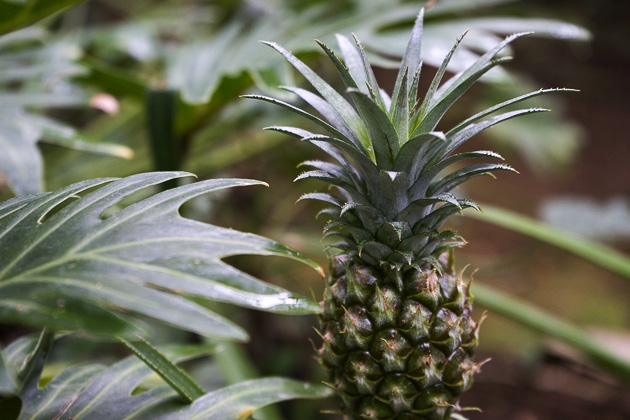
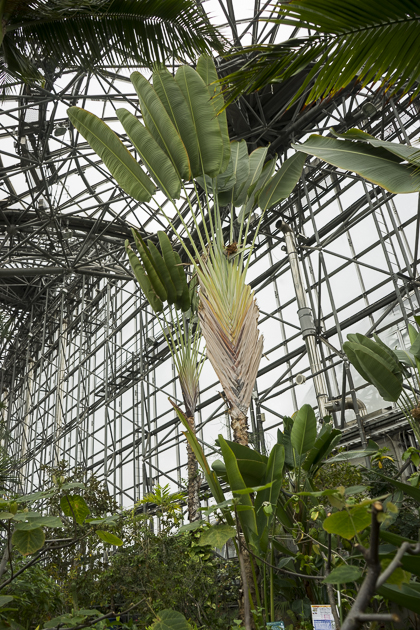



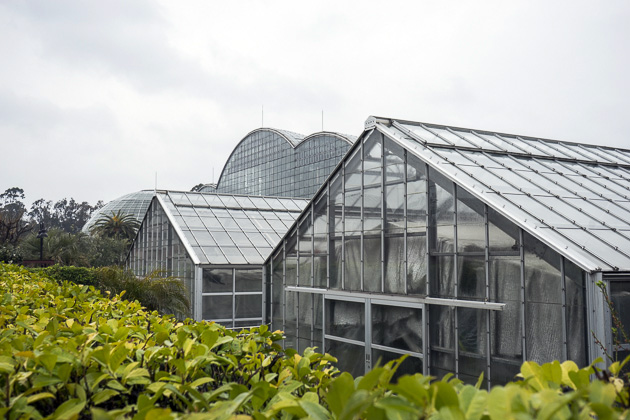
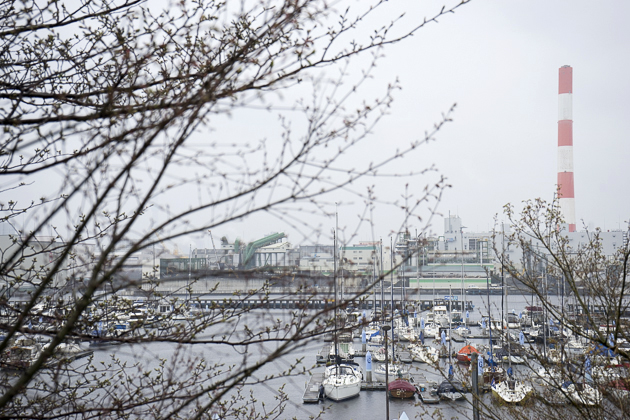
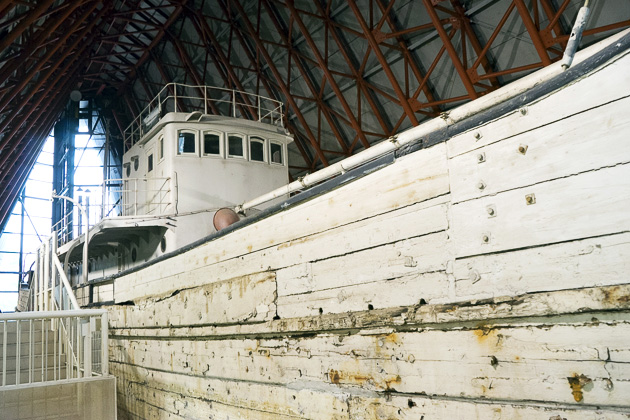
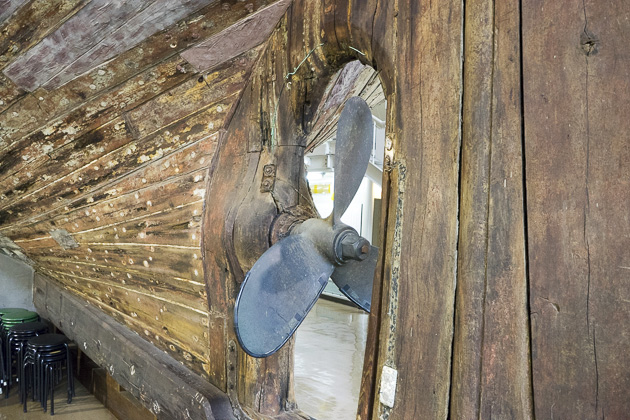
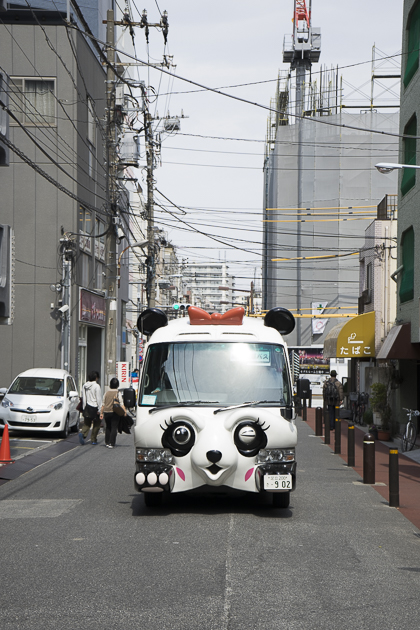
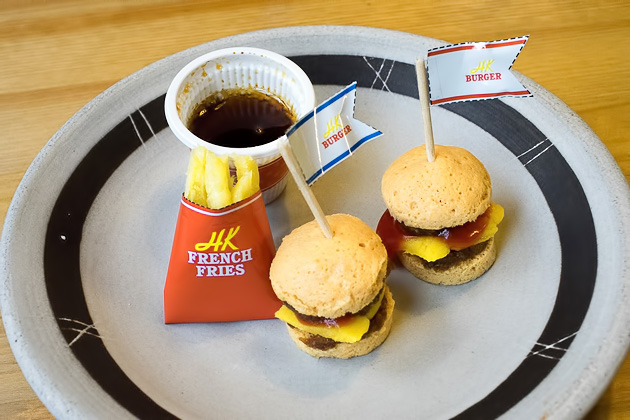


I visited Japan for two months back in 1988. I never got to see Dream Island. At the time, I was given to understand that it was a huge rubbish tip, where the Japanese left their hardly used white goods – being encouraged by the government to change these things, like their cars, every three years. It was said that many of the westerners who set up home in Tokyo for any reason, would often visit Dream Island and get their washing machines, fridges etc. there rather than fork out the expensive prices charged for new ones in the shops! A very enlightening article – thank you!